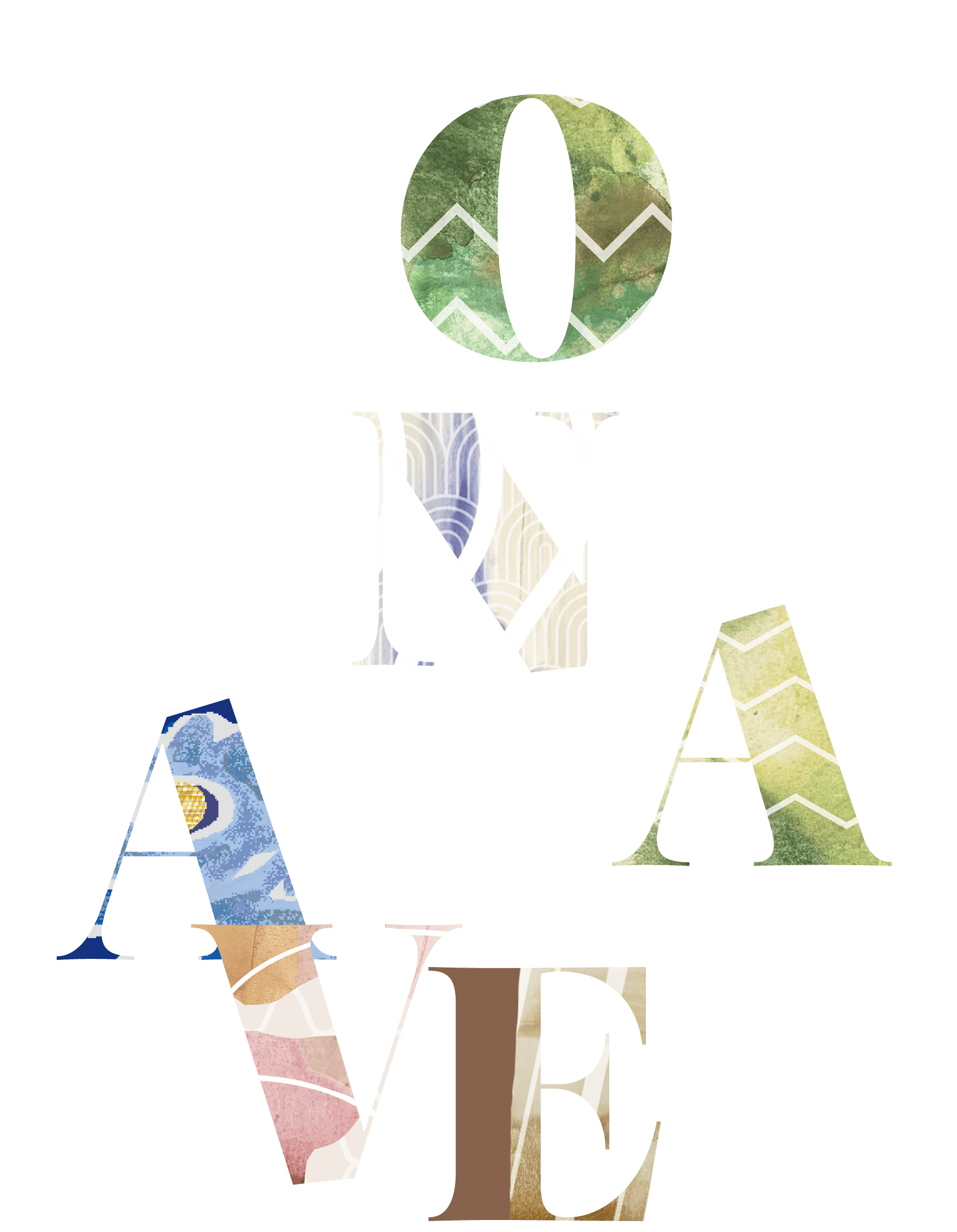“WOVEN NARRATIVES”
Kawashima Selkon Textiles will participate in Milan Design Week, the world's largest design festival, from June 7-12th, 2022. The exhibition "WOVEN NARRATIVES - Kyoto, the Landscape of Four Symbols" will be held at the library of Circolo Filologico Milanese, the oldest cultural association in Milan.
This will be Kawashima Selkon Textiles’ second exhibition at Milan Design Week following its 2019 debut, and the installation will be art-directed by the internationally acclaimed creative unit, AtMa inc.
The story of the “Four Symbols”, the divine guardians who are said to have protected Kyoto since ancient times, and the “scenery of Kyoto”, a landscape with a 1000-year legacy, and are expressed through the display of the textile objects. The textiles are made using traditional hand-weaving techniques passed down through generations since the company’s establishment, and the objects are woven using “multilayered iridescent film”, which changes color and expression depending on the time of day and angle of view.
The dynamic spatial composition and different expressions of the textiles, exhibited in a library, a space interwoven with stories, tell the story of Kyoto (the birthplace of Kawashima Selkon Textiles), and hint at the possibilities that lie in the intersections of legacy and innovation.
Traditional hand weaving by craftsmen and machine weaving that challenges new ideas.
Using these two technologies, we will create a space that expresses a landscape with textiles, based on the motif of "Kyoto, where the four gods govern", which is associated with Kawashima Selkon.
The objects, which are a diverse expression of culture and traditions inherited from the past crossed with new techniques, show countless colors and expressions in the light, wind, and air.
In this age of digital information and images, we hope that the overwhelming presence of material created by high-precision weaving will inspire ideas and inspiration for future landscapes.
WOVEN
Kawashima Selkon Textiles blends the traditional and modern, applying traditional Japanese weaving techniques (Nishijin-ori), while also producing interior fabrics such as curtains, tapestries, and upholstery.
The company created a total of eight fabric varieties for this exhibition, including four traditional fabrics and four newly created machine-woven fabrics.
The "Four Symbols" (Seiryu, Byakko, Suzaku, and Genbu) that guard over the city’s east, west, south, and north were woven into the sculptures using traditional weaving techniques. The scenery of Kyoto, where the Four Symbols are enshrined, were woven into the objects using machine weaving in a way that changes expression depending on the angle of view.
OUTLINE
The exhibition takes place in the library of the oldest cultural association in Milan, a space where countless stories have been weaved throughout history.
The story of the "Four Symbols" (Seiryu, Byakko, Suzaku, and Genbu) and the “scenery of Kyoto”, a landscape with a 1000-year legacy, is expressed through the eight types of textiles and the four types of installations, each representing the symbolic landscapes (river, road, pond, and mountain) the four guardians have resided over since ancient times.









DESIGNER

In addition to designing spaces such as fashion stores, restaurants, and window displays, and directing hotels and apartments, they have recently expanded their activities to include product design and installations.
They have also attracted a great deal of attention at the 2019 Milan Design Week, and will be selected for the 2020 PEOPLE's CHOICE in the Emerging Designer of the Year category at the FRAME AWARD.
OVERVIEW
- Exhibition Theme
- WOVEN NARRATIVES - Kyoto, the landscape of Four Symbols -
- Holding period
- Tuesday, June 7 ~ Sunday, June 12, 2022 10:00 - 20:00
- Venue
- Circolo Filologico Milanese 2F8B https://filologico.it/
- Address
- Via Clerici 10, 20121 Milano
- Organizing
- Kawashima Selkon Textiles Co.,Ltd.,






